Foreigners living in Japan's rural parts tend to harp on Tokyo for being too crowded, too noisy and just too busy compared to the peaceful atmosphere and scenic beauty the countryside offers.
The Ogasawara Islands (also known as the Bonin Islands), however, are a chain of pristine, tropical and subtropical islands settled across the Pacific Ocean some 1,000 kilometers south of Tokyo. However, the islands are still recognized as a sub-prefecture of Tokyo. The most accessible, only inhabited and, arguably, most beautiful of these are Chichijima and Hahajima.
An escape to Chichijima and Hahajima offers activities, eco-tourism and experiences you won't find anywhere else in Japan.
Getting there: The Ogasawara Maru

Part of what makes Ogasawara so unique is simply getting there — as there are no airports on Chichijima and Hahajima. To do so, you must ride out a 24-hour adventure over the Pacific Ocean on the only ship that travels to and from the islands — the Ogasawara Maru.
The Ogasawara Maru is a large cargo ship and passenger ferry with eight decks. The ferry leaves from the Takeshiba Passenger Ship Terminal in Minato-ku and travels to Ogasawara's Chichijima, or Father Island.
Leisure activities on the ferry are limited, but there are two restaurants (named after Chichijima and Hahajima), a gift shop (Shop Dolphin), and spaces for children, reading and even pets. However, you will absolutely want to prepare your own entertainment for the 24-hour journey (and return trip). Moreover, anyone prone to seasickness will want to have medicine on hand or strategies to deal with it before boarding the ship.
The journey offers some fantastic views from start to end. You'll pass islands such as Oshima, Miyakejima and Hachijojima, watch the setting and the rising sun on the horizon and, on a clear night, stargaze from the ship's top deck. You might even spot whales or dolphins.
You can find a schedule for the Ogasawara Maru and book your reservation on the Ogasawara Kaiun website.
Chichijima: Father Island
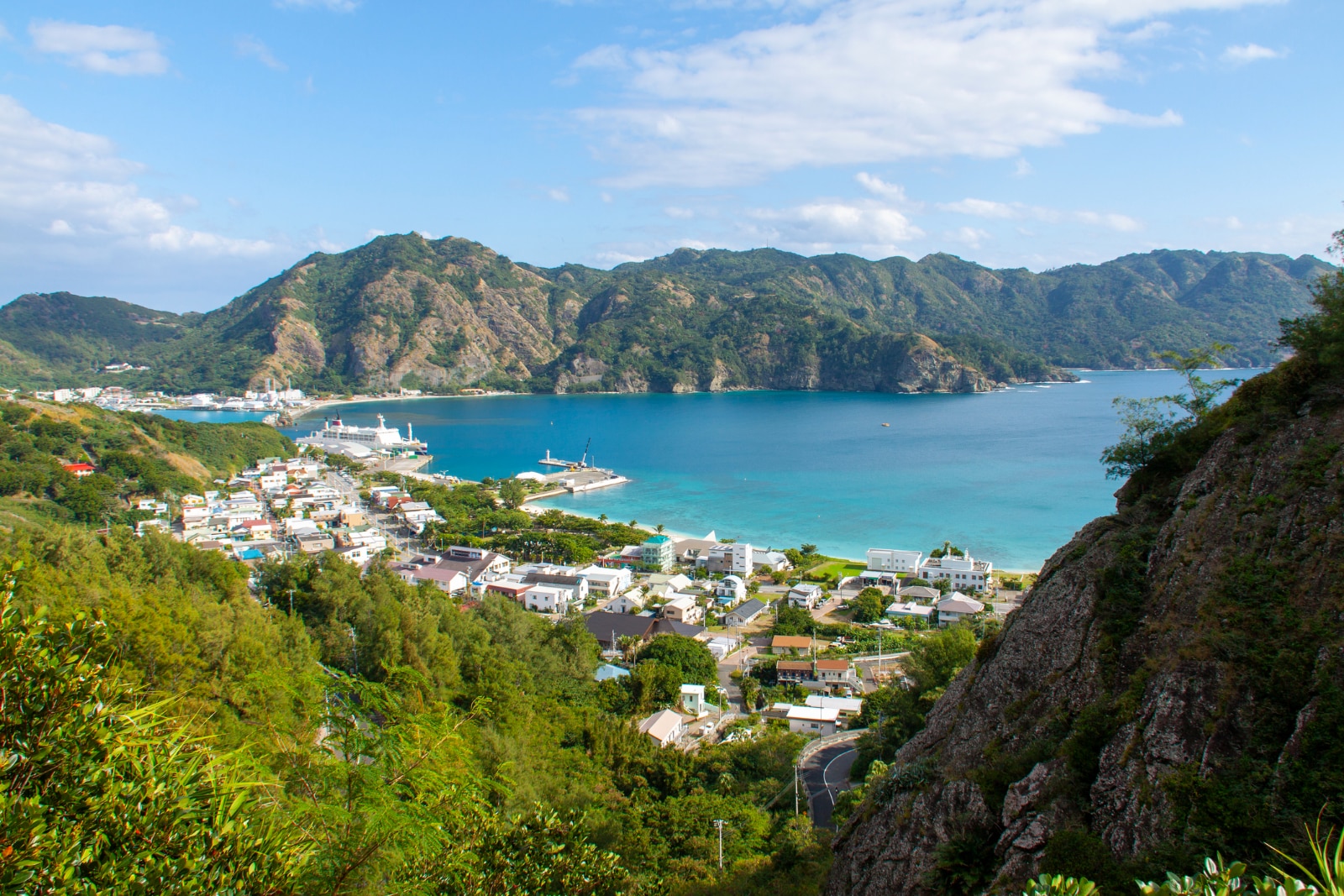
Passengers arrive at Chichijima's Futami Port welcomed by friendly locals waving hello and celebrating your journey across the ocean. The water around the island is a clear, spectacular turquoise blue (the locals call it “Bonin Blue”)—nearly surreal when the surface glitters from the warm rays of the sun.
While your first inclination might be to jump in the water, the Ogasawara Visitor Center and B-Ship (the Ogasawaramura Tourist Association and Ogasawara Whale Watching Association) is an excellent place to start.
Beaches for every occasion

There are several hostels, diving resorts and restaurants along the island's main road to accommodate tourists. These serve local cuisines such as shima zushi (sushi pickled in soy sauce and served with mustard paste), passion fruit, green lemons, akaba (a grouper fish) and sea turtle.
Most accommodations are within a short walk or drive from superb beaches for swimming and snorkeling. They include Omura Beach, conveniently located near Futami Port, Miyanohama Beach on the island’s north side and one of the top snorkeling spots plus sandy Ogiura Beach for clear, calm waters and spectacular sunsets in summer.
Ogasawara Marine Center
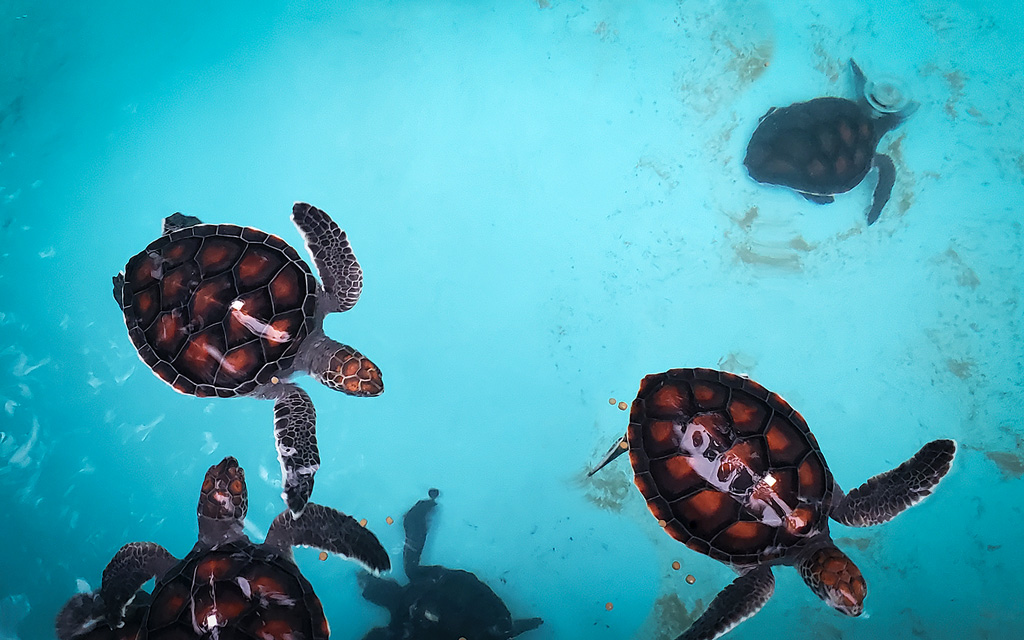
At Kopepe Beach (and just about any beach on the island, in fact), you might even spot green sea turtles that make their way to Kopepe's shores to lay their eggs. Sea turtles are deeply intertwined with Ogasawara's culture and thus are both consumed as well as environmentally and ecologically preserved.
The Ogasawara Marine Center rehabilitates injured sea turtles and is also a rookery—raising and releasing hundreds of hatchlings back to the wild every year. Visitors to the center can see the conservation process first hand and feed the larger turtles cabbage.
Sea kayaking, snorkeling and more

While snorkeling and diving are a popular draw to Chichijima (particularly from June to October), other activities include hiking, sea kayaking, whale watching (the peak season is from February to April) and deep-sea fishing.
You can easily spend a day doing two or more activities such as booking a sea kayaking and snorkeling package. This way, you can paddle your way across Chichijima's stunning coastline — over water clear enough to see tropical fish swimming beneath you — until you reach an even more secluded spot for some skin diving. It's not uncommon to run into curious dolphins, sea turtles, manta rays and other sea life teeming in Ogasawara's waters.
History and a sunken ship
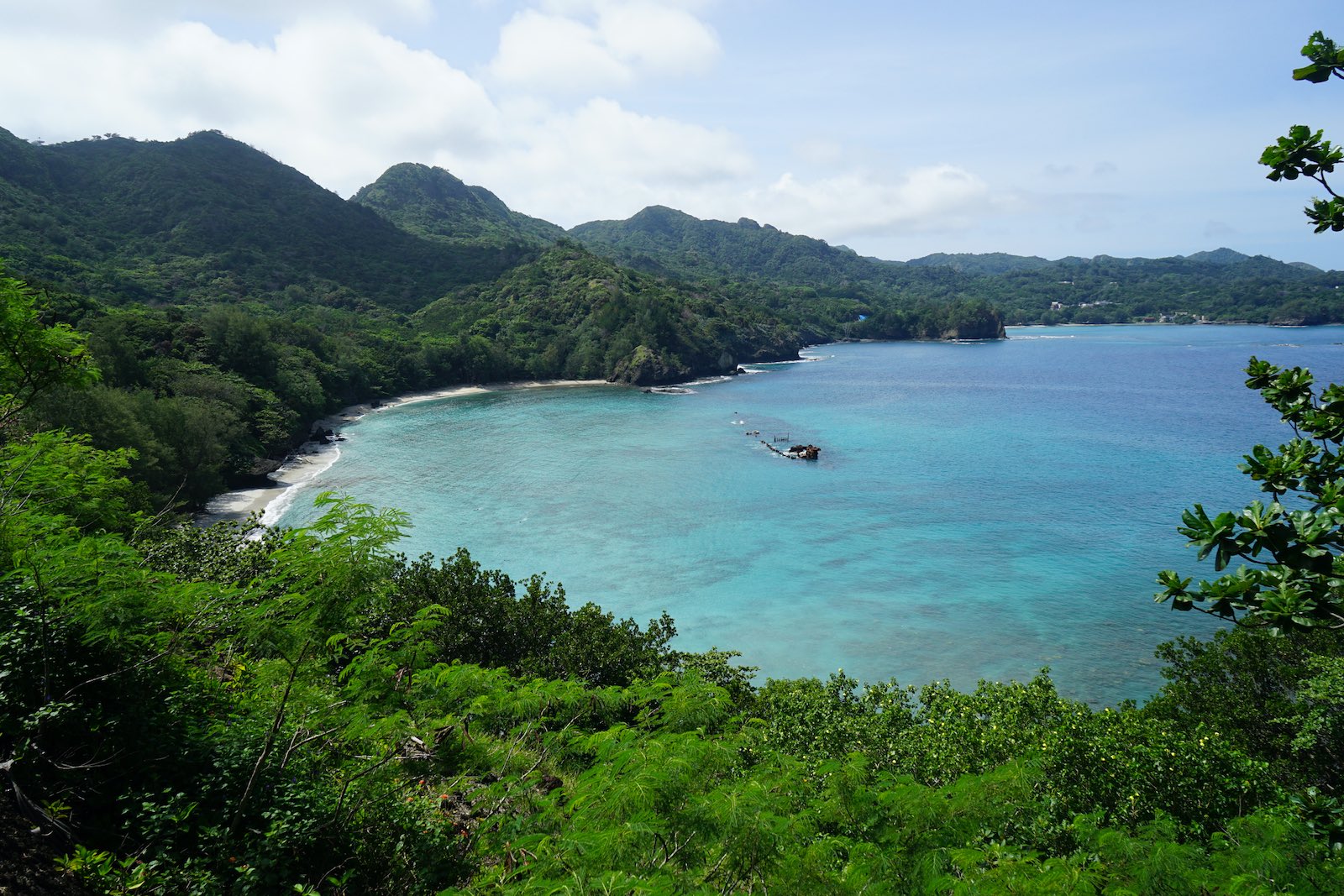
Beyond the natural beauty of its Instagram-worthy surroundings, the island has deep historical significance.
Chichijima was also a naval and radio base during the Pacific War. Many remnants of the war, such as bunkers and fortifications, are scattered around the island. Just off the sandy shore of Sakaiura Beach, the wreckage of the Hinko Maru, a transport ship torpedoed by an Allied sub, lies partially submerged in the sky-blue water — a somber reminder of the war, yet an interesting contrast for history buffs visiting Chichijima. It's also an absolute wonder for snorkelers.
Hahajima: Mother Island
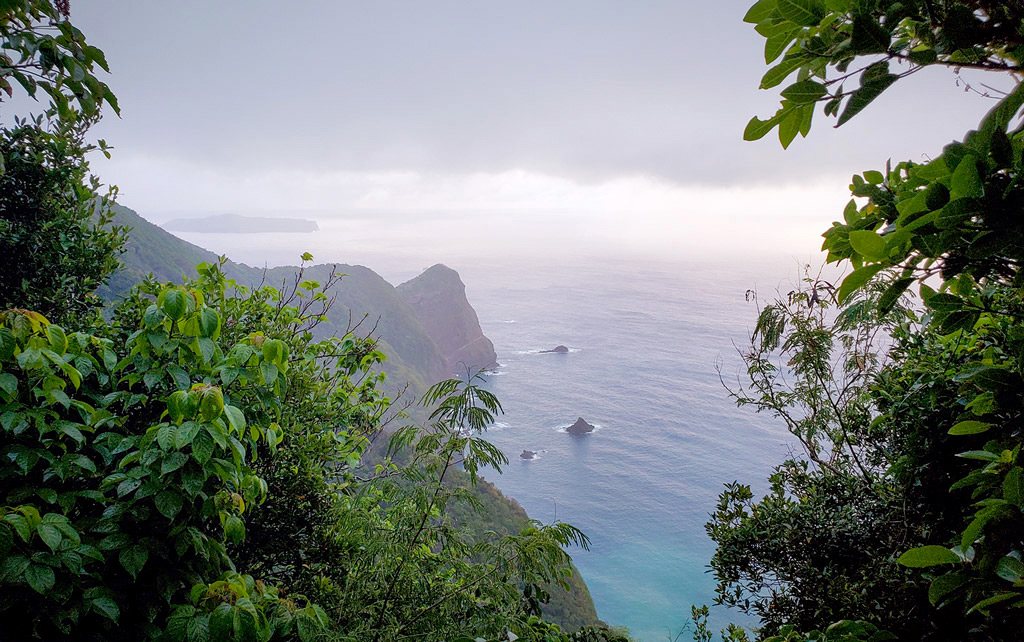
If traveling to Chichijima, don't miss the opportunity to visit Hahajima. While Chichijima is known for its beautiful beaches, Hahajima, or Mother Island in Japanese, is known for its serene hiking trails and awe-inspiring mountain views.
To reach Hahajima, you must take a two-hour ferry trip from Chichijima onboard the Hahajima Maru. It's a good idea to plan your trip to Hahajima before exploring Chichijima because the boat leaving for Hahajima will leave soon after you first arrive at Chichijima.
Once you dock at Oki Port, you can find the Ogasawara Hahajima Tourist Association for more information on accommodations and activities as well as the rules and regulations for exploring the island. Flora and fauna on Hahajima are strictly protected. Thus, much of the island is restricted—only those with a registered guide can explore.
Near the port, it’s worth checking to see if Dive Resort Hahajima and 88 Cafe, the island’s café, is open. If so, it’s the perfect place to plan and recharge. Only about 450 people live on the island, so food and accommodation are limited.
The Ross Museum
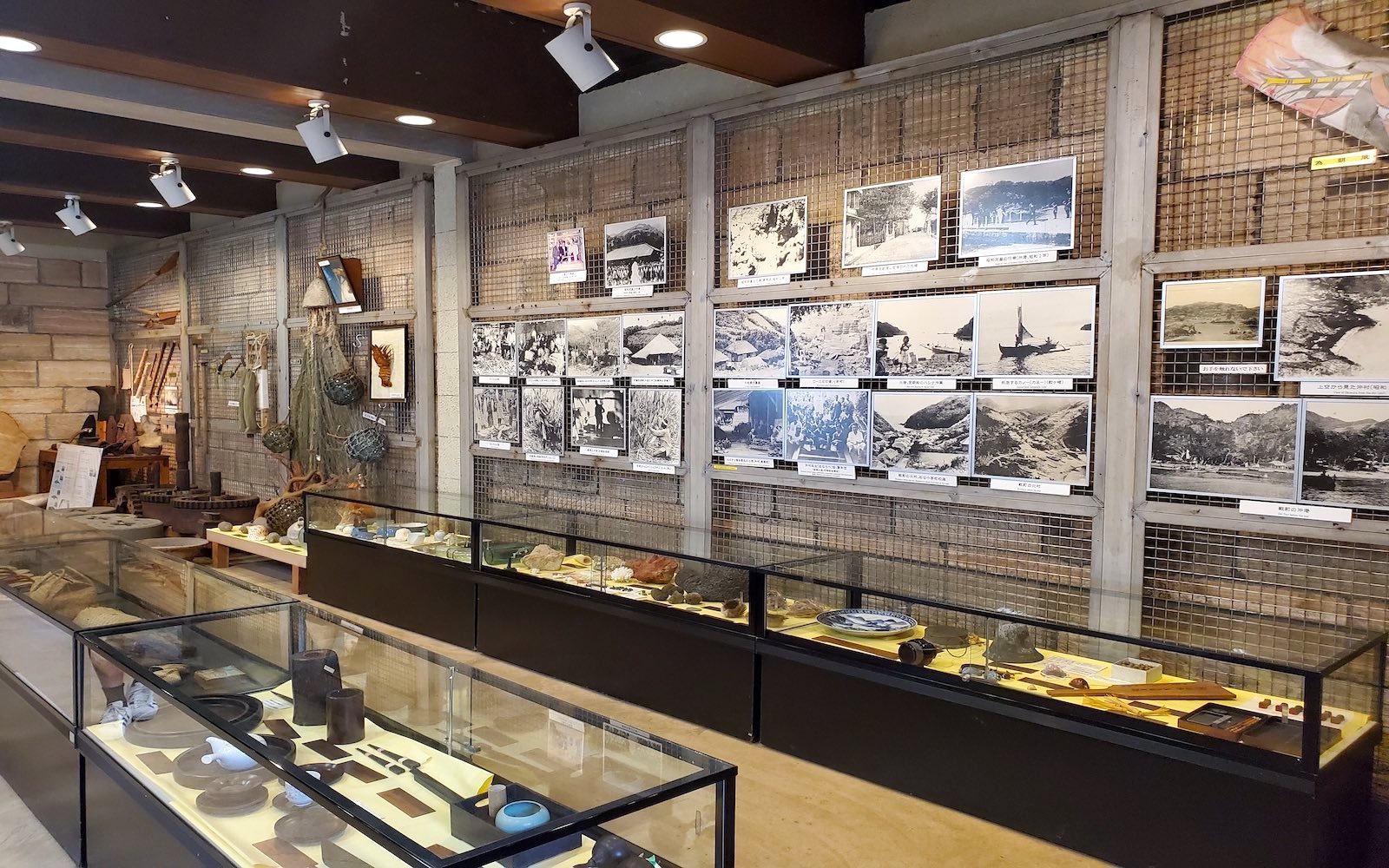
Dive Resort Hahajima also serves as the island’s only bike rental shop. There is only one road that leads up and down Hahajima. So, for a day trip activity, rent a bike (or scooter) from Dive Resort Hahajima and travel up the mountain, exploring different sites at your leisure. For example, the Ross Museum. Once a sugar storehouse, the thatched-roofed building now preserves relics, history and culture from the island.
At the Ross Museum, you can also experience a traditional arts and crafts workshop using Hahajima's takonoha (octopus tree leaves). The name comes from the tree's peculiar roots, which twist and bend like octopus tentacles. People on Hahajima have been weaving crafts such as bracelets using takonoki for generations. It makes for a great souvenir, but you need to contact the Hahajima Tourism Association to book the activity.
Mount Kofuji and Minamizaki Beach
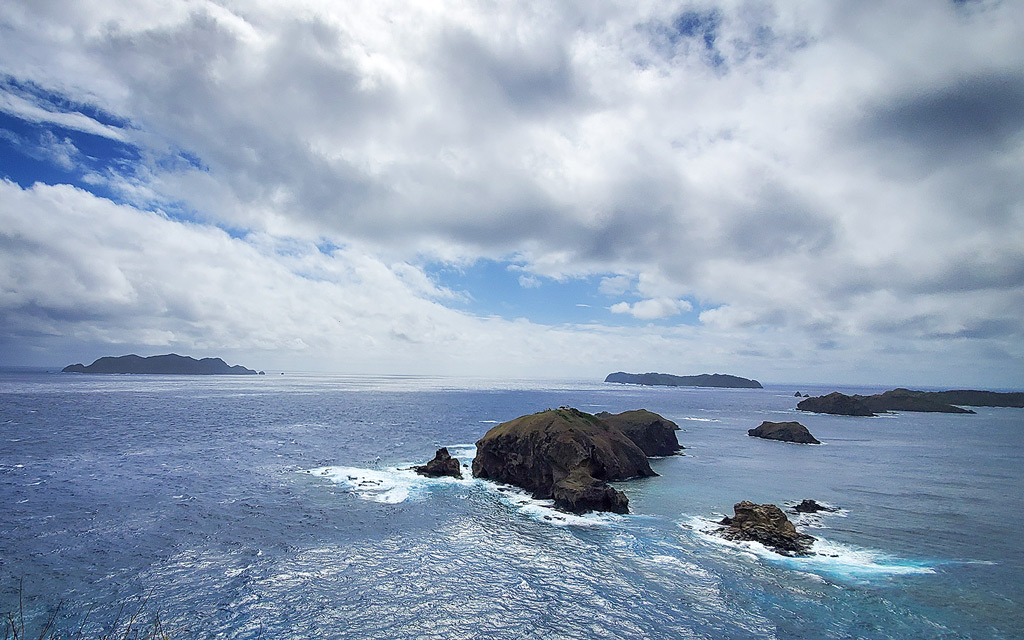
If you travel to the southern part of Hahajima, you can trek the Kofuji and Minamizaki beach course — a trail leading through a lush, green subtropical forest overflowing with flora. The course takes a little under two hours but is not for the faint of heart. The climb is sometimes steep and the winds at the summit of Mount Kofuji (or Baby Fuji) are strong.
However, the view of the seascape and nearby Minamizaki Beach is unforgettable. There is also a marker at the top of the mountain where you can memorialize your climb — if you visited the tourist association beforehand. Return to them before leaving the island and you'll receive a commemorative certificate (¥300)
Shizukazawa trail
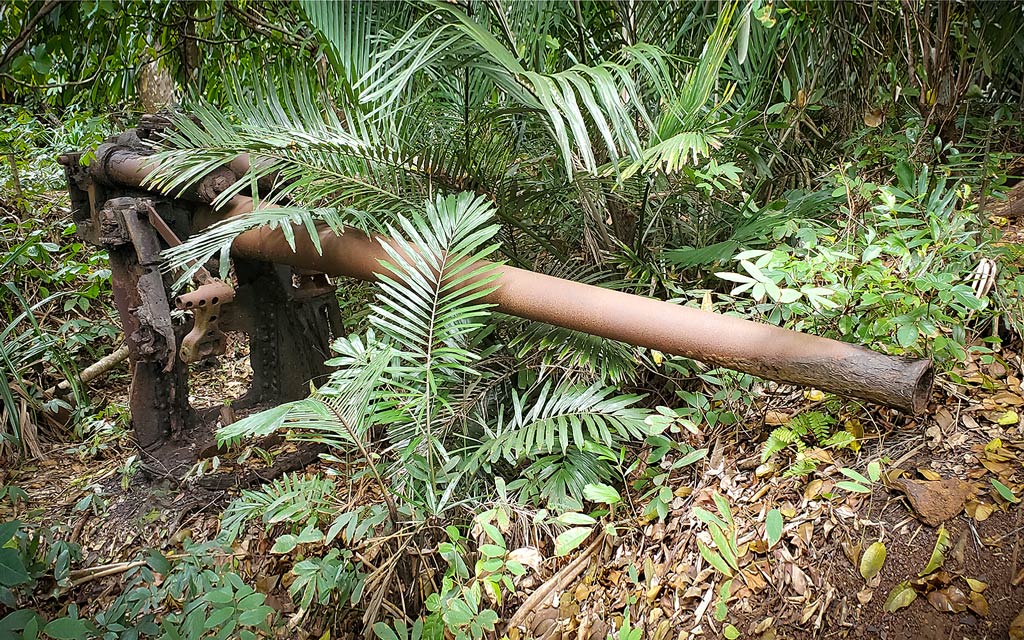
Like Chichijima, Hahajima has remnants of the Pacific War dotted around the island. Even on the trail leading to Kofuji, you'll spot dozens of former bunkers. However, the island's most evident example is on the “Forest Trail of Shizukazawa,” west of Oki Port. On this path, you'll find military facilities and even a near-intact but completely rusted artillery cannon.
Once a spot equipped for war, today, it is one of Hahajima's most picturesque viewing locations. During the setting sun, you can spot meteorological phenomena known as the green flash, where the sun turns to a striking green glow just before setting behind the horizon.
Book ahead
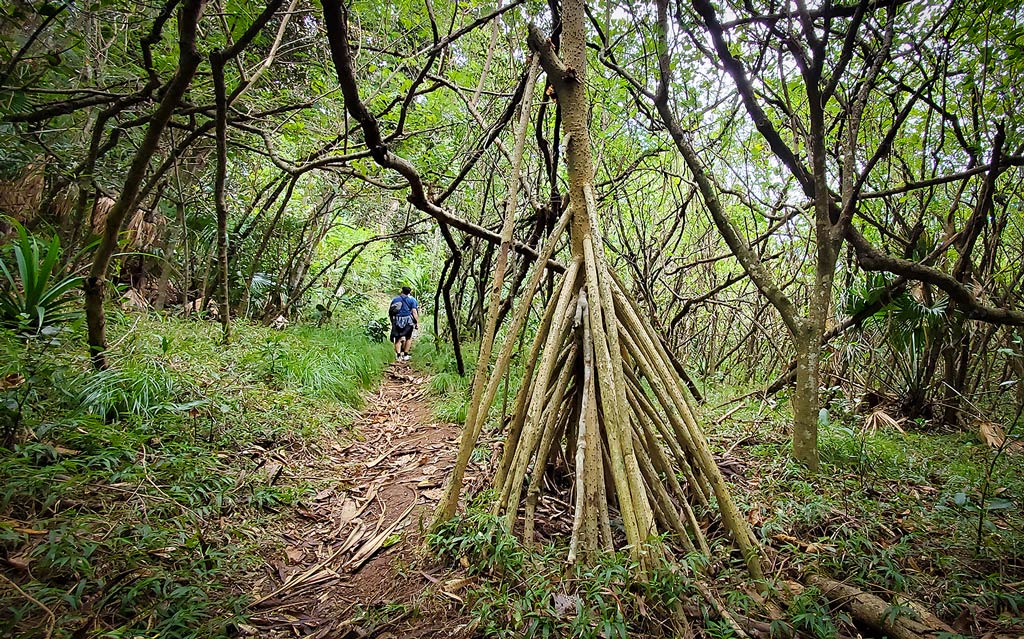
With no airport and the Ogasawara Maru's capacity limit and schedule, the Ogasawara Islands feel much more removed and peaceful than other vacation retreats like Hawaii or even Okinawa.
However, the Ogasawara Maru's strict schedule means you must plan accordingly. The Ogasawara Maru typically docks at Chichijima for four days (and three nights).
Thus, if you miss the return trip to Tokyo, you will be stuck on Chichijima until the next port of call. You also need to keep track of the weather. As a cargo ship, food and supplies are vital for the inhabitants of the island. A rare occurrence, but the ferry may leave earlier or later due to a typhoon. In the case of the latter, you are allowed to stay on the ship for accommodation.
Plan your trip today
Warm, transparent aquamarine water. Secluded trails under jungle-like canopies. Extraordinary views of the sea and landscapes atop mountain peaks. The welcoming and friendly locals. All of this and so much more make Chichijima and Hahajima the experience of a lifetime.
Plan your trip to a true island escape with the links below, and say bon voyage to city life.
For more information, visit the Tokyo Metropolitan Government “Tokyo Treasure Islands Project” official website.

 Take our user survey and make your voice heard.
Take our user survey and make your voice heard.
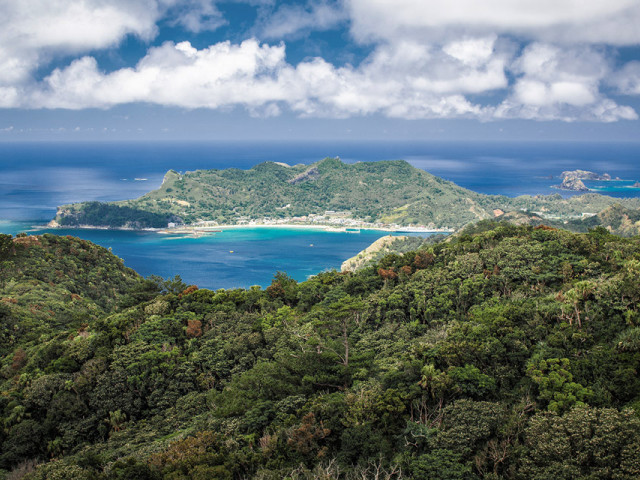












2 Comments
Login to comment
Mickelicious
And not a tetrapod in sight. Nice!
Jim
A few of my foreign colleagues ( 5 to be precise ) went here. They didn’t travel together and took trips a few months apart from each other and all of them told me that this place is really beautiful but not foreigner friendly! The locals tend to show friendliness towards Japanese tourist but rude towards foreigners!